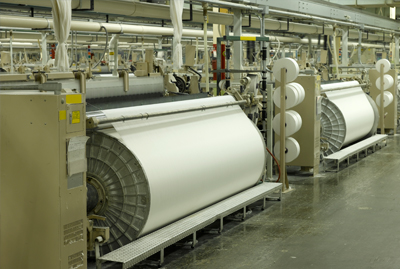
The textile industry is one of the oldest and most essential sectors globally, comprising a wide range of processes such as spinning, weaving, knitting, dyeing, and finishing. At the heart of these processes lies a complex network of machines, many of which rely on electric motor rewinds to operate efficiently. Over time, these motors can experience wear and tear, leading to reduced performance, increased energy consumption, or even complete failure. This is where electric motor rewinds become crucial. Electric Motor Rewinding is the process of disassembling, repairing, and refurbishing electric motors to restore their functionality and extend their lifespan. In the textile industry, where downtime can result in significant production losses, ensuring the smooth operation of motors is vital. Electric motor rewinds are cost-effective compared to purchasing new motors, and they can also enhance the performance of existing machinery, contributing to energy savings and reduced operational costs. By replacing worn-out components,
cleaning and rebalancing the motor, and replacing the insulation, the motor’s efficiency and reliability are restored. Additionally, rewinding services help to reduce the environmental impact of discarded motors, supporting sustainability efforts within the textile industry. As machinery in this sector becomes more complex and energy-efficient, regular motor maintenance and rewinding are becoming an increasingly important part of operational strategy.
Link to the Electric Motor Regulations
We can offer Electric Motor Rewinds Contact us

The textile industry is one of the oldest and most essential sectors globally, comprising a wide range of processes such as spinning, weaving, knitting, dyeing, and finishing. At the heart of these processes lies a complex network of machines, many of which rely on electric motor rewinds to operate efficiently. Over time, these motors can experience wear and tear, leading to reduced performance, increased energy consumption, or even complete failure. This is where electric motor rewinds become crucial. Electric Motor Rewinding is the process of disassembling, repairing, and refurbishing electric motors to restore their functionality and extend their lifespan. In the textile industry, where downtime can result in significant production losses, ensuring the smooth operation of motors is vital. Electric motor rewinds are cost-effective compared to purchasing new motors, and they can also enhance the performance of existing machinery, contributing to energy savings and reduced operational costs. By replacing worn-out components,
cleaning and rebalancing the motor, and replacing the insulation, the motor’s efficiency and reliability are restored. Additionally, rewinding services help to reduce the environmental impact of discarded motors, supporting sustainability efforts within the textile industry. As machinery in this sector becomes more complex and energy-efficient, regular motor maintenance and rewinding are becoming an increasingly important part of operational strategy.
Link to the Electric Motor Regulations
We can offer Electric Motor Rewinds Contact us